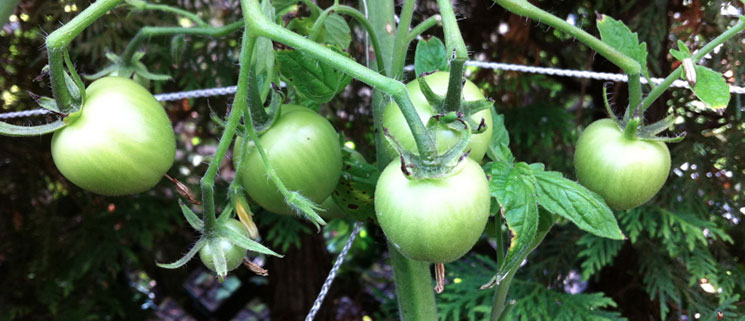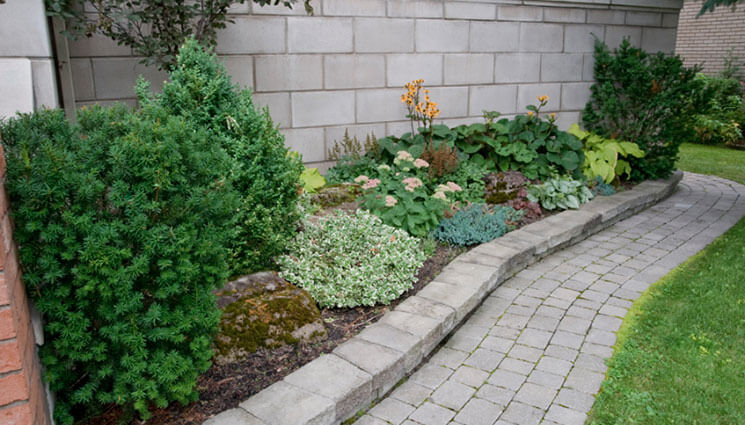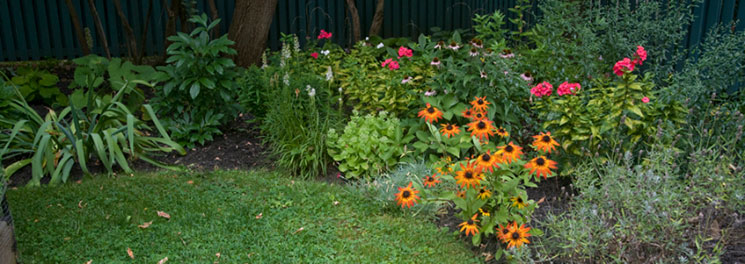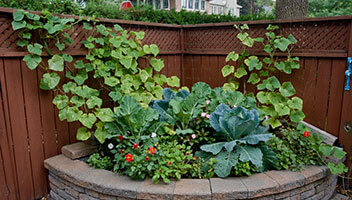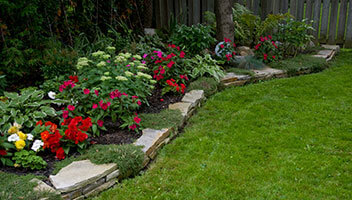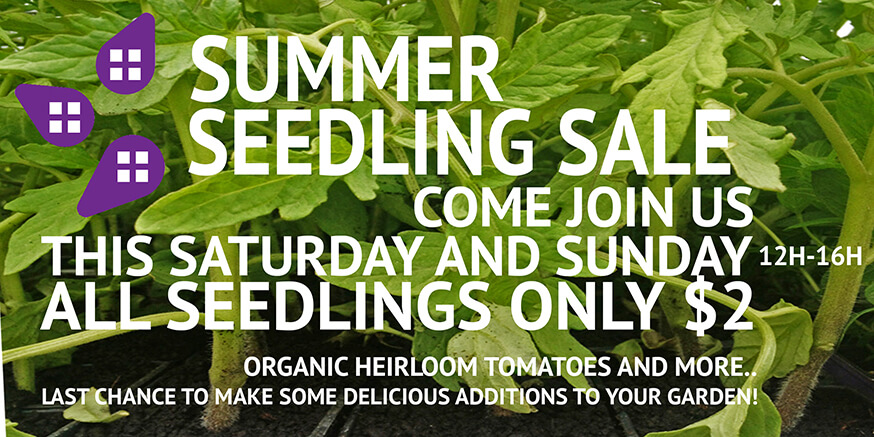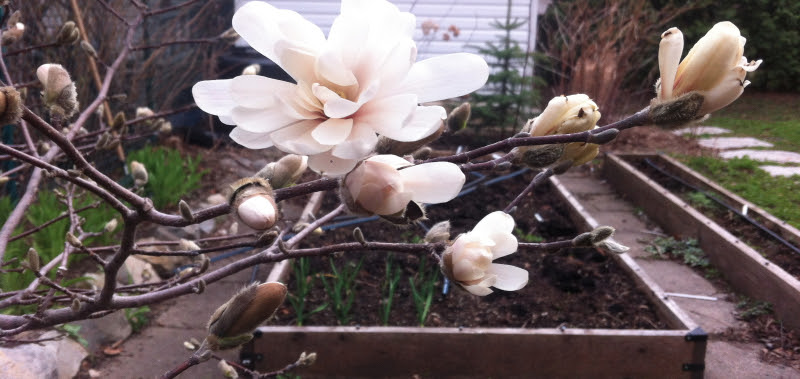How to identify and treat tomato problems
The hot, wet weather at this time of year is a perfect recipe for all kinds of fungal and bacterial diseases in the garden. Tomato and Cucumber plants are particularly susceptible due to their fuzzy leaves.
The most common tomato problems are leaf spot or early blight, late blight, and bacterial wilt. The simplest organic treatment is – as always – your presence in the garden. Remove any affected leaves, practice good hygiene and keep the garden clean and weeded. You can also spray plants with 3% hydrogen peroxide to kill any spores. To see more check out my video.
If your snow pea vines have started to die off and brown at the bottom, they will not be producing much more. Remove the snow pea vines and attach the tomato vines to the trellis. Snow peas should be harvested young and flat – as soon as they get to be 2 – 3″ long. Harvest early and often before they get tough and bitter.
To keep your basil plants bushy, remove an entire section of leaves at a time. You will see two sets of smaller leaves on the stem – those will become entire branches post harvest. This will make your entire plant much bushier. To see how, check out my video.
If your roquette (arugula) has gone to seed with long stalks and yellow flowers, follow the stem down as far as you can and cut all flowering stalks. This will keep the plant producing nice big spicy leaves longer. Use on home made pizza or in pasta sauces or in a pesto. Want to see it done, watch my video.
You can harvest beet greens as soon as the leaves are big enough by cutting the larger outer leaves and letting the inner leaves grow. Some beets might be ready to harvest. To find out which ones, simply stick your finger in the soil explore around the root to judge the size. Same goes for carrots, but those probably wont be ready for a while still. Carrot greens are great as an addition to cooking as well as fresh salads.
